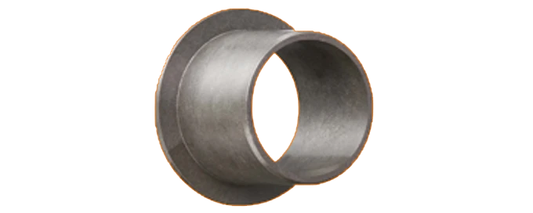Learn How The CVT Transmission Works!
CVT Clutch System
CVT Transmission
Primary Clutch
The primary clutch is a key component of the CVT system, directly connected to the engine's crankshaft. It consists of two main parts: the sheave and the movable drive face. As the engine RPM increases, centrifugal force causes the movable drive face to move outward, engaging the belt and driving the secondary clutch.
Secondary Clutch
The secondary clutch is responsible for transferring power from the primary clutch to the vehicle's wheels or tracks. It consists of a fixed sheave and a movable driven face. As the primary clutch engages, the secondary clutch responds by adjusting its position, ensuring a seamless transfer of power to the wheels or tracks.
How the Primary and Secondary Clutches Work Together
The primary and secondary clutches work in tandem to adapt to changing driving conditions. As the engine RPM increases, the primary clutch engages, causing the secondary clutch to adjust and maintain an optimal gear ratio. This dynamic interaction ensures efficient power delivery and allows the vehicle to smoothly accelerate or decelerate without the need for manual gear changes.
Clutch Flyweight
Clutch flyweights play a crucial role in the operation of the CVT system. These weighted arms are attached to the primary clutch and move outward in response to centrifugal force. The positioning of the flyweights influences the engagement and disengagement of the primary clutch, affecting the overall performance of the CVT transmission.
Secondary Helix
Clutch Tools
Clutch tools are specialized equipment designed for the maintenance and adjustment of the CVT clutch system. These tools may include clutch pullers, compression tools, and alignment tools, allowing users to disassemble, inspect, and fine-tune the clutches for optimal performance. Proper use of clutch tools is essential for maintaining the longevity and efficiency of the CVT system.
Dirt Clutching
-
Can-Am Replacement Weight Bushings
Regular price $3.16 USDRegular priceUnit price / per -
Can-Am X3 QRS Big Turbo Clutching
Regular price $899.00 USDRegular priceUnit price / per -
Can-Am X3 QRS Crawler Series Clutching
Regular price $799.00 USDRegular priceUnit price / per -
Can-Am X3 QRS Dirt Series Clutching
Regular price $799.00 USDRegular priceUnit price / per
Snow Clutching
-
2021+ Mountain Max Stage 2 Clutch Kit
Regular price $499.99 USDRegular priceUnit price / per -
800 Ctec NA Stage 2 Clutch Kit
Regular price $499.99 USDRegular priceUnit price / per -
800 Ctec Turbo Stage 3 Clutch Kit
Regular price $579.99 USDRegular priceUnit price / per -
Gen 4 Ski-Doo Etec 850 Factory Turbo Stage 2 Clutch Kit
Regular price $549.99 USDRegular priceUnit price / per












